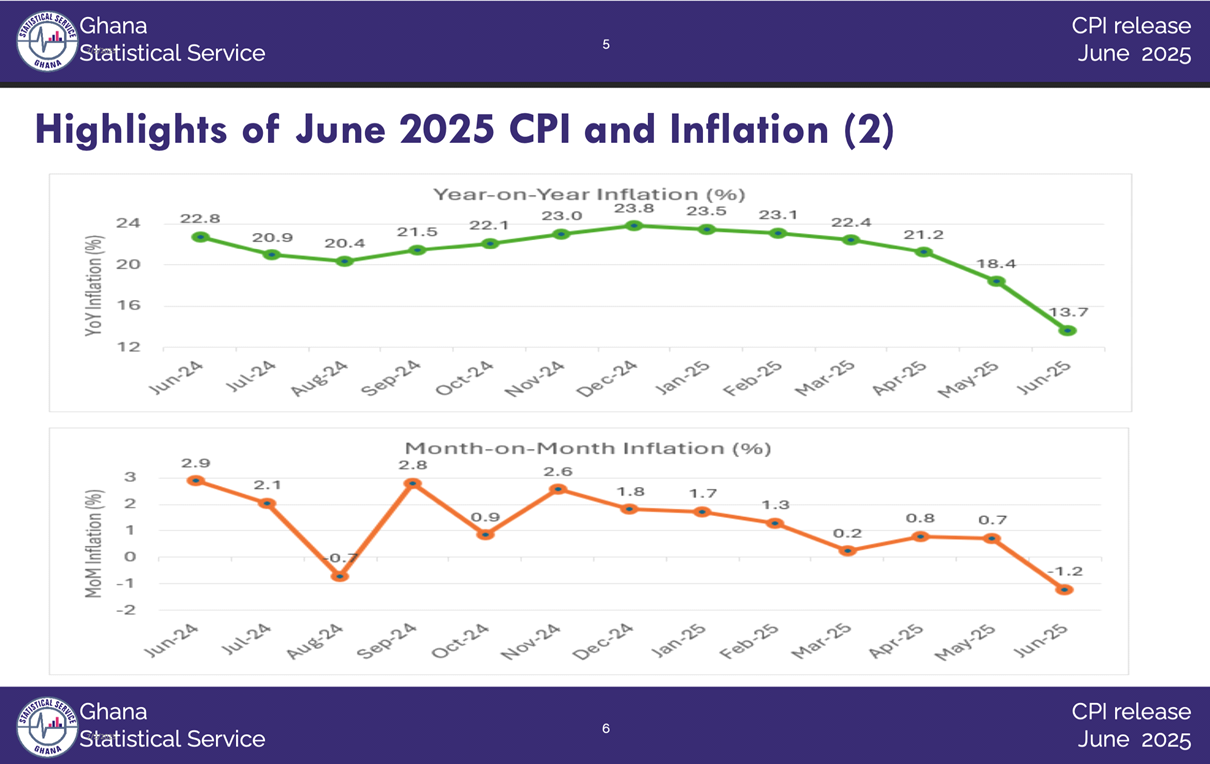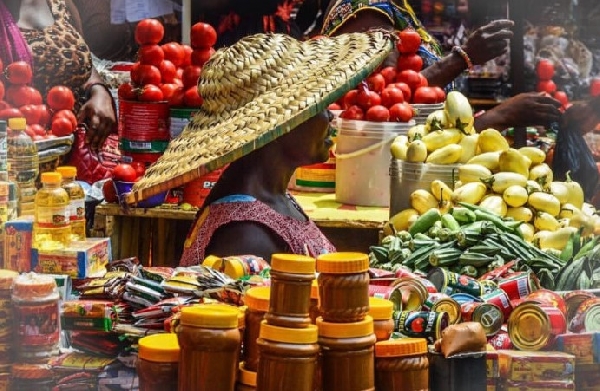4.8 million Ghanaians living in slums amid poor urban planning
Dr Alhassan Iddrisu is the Government Statistician
A new report from the Ghana Statistical Service (GSS) has revealed that nearly one-third of households in the country, about 29.5 percent, or roughly 4.8 million people, are living in slums or informal settlements.
The publication, titled The Slums and Informal Settlements Report, highlights the widespread issue of inadequate housing and poor urban planning across many parts of Ghana.
Speaking at the launch of the report on June 30, 2025, Government Statistician Dr Alhassan Iddrisu described the findings as a serious wake-up call for leaders and urban planners.
He urged local governments to take the lead in addressing growing inequalities in cities and towns, emphasising that the data should guide local budgets and development plans.
The report also revealed major regional disparities.
The Greater Accra Region had the highest proportion of slum residents living in rented spaces at 52.5 percent, followed closely by the Ashanti Region at 51.8 percent. Other regions recorded much lower rates, indicating that the issue is more concentrated in Ghana’s most populated areas.
Dr Iddrisu called for urgent reforms in housing, sanitation, and social services to tackle these growing inequalities.
“This data must not be shelved,” he stressed.
“It should inform how we plan, allocate resources, and intervene at the local level to reduce disparities," the GSS boss added.
The report further noted that women living in slum areas have slightly higher fertility rates compared to those in non-slum areas.
Despite increasing urbanisation, only 10 percent of localities in Ghana are officially classified as urban, while slum conditions remain widespread across the country.
DR/MA
GhanaWeb Special: The gold market that fuels galamsey
How social engineering hacks your mind and your bank account








